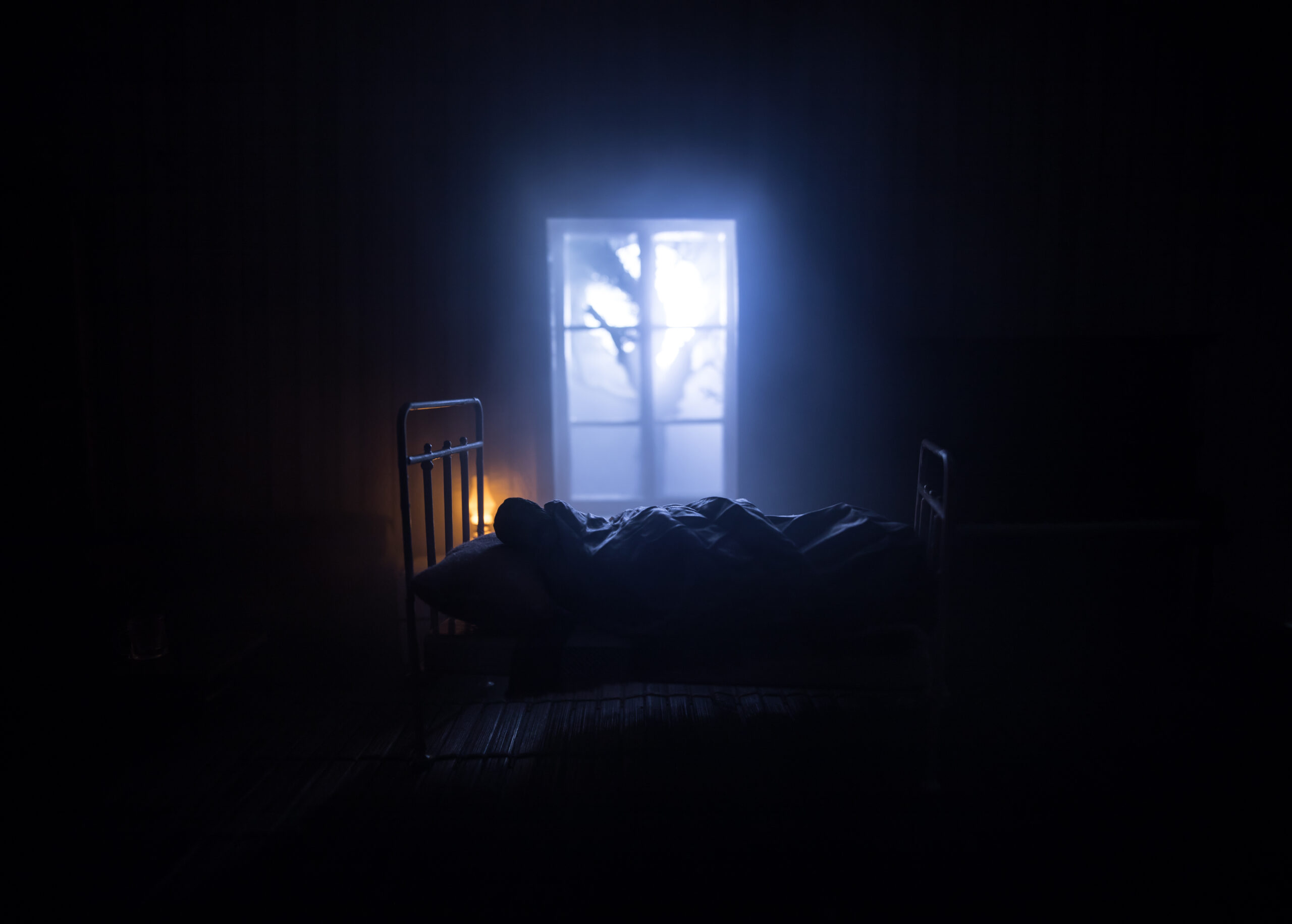Table of Contents

Turn off the TV, kill the kitchen lights, and draw those curtains tight.
Your blood sugar could depend on it.
Circadian Sabotage
Startling new science shines a spotlight on how ambient evening illumination ambushes our ancestral rhythms. Published July 2024, the study tracked over 84,000 people for nearly 8 years, wielding an impressive arsenal of over 13 million hours of light sensor data. The results are anything but dull.
Compared to those blessed with truly dark evenings, folks exposed to the brightest nocturnal environments saw their odds of developing type 2 diabetes soar by a whopping 53%.
Even modest bumps in bedroom brightness spelled metabolic misfortune. Barely perceptible increases in illumination intensity still spiked risk by 29% or more.
Light's Metabolic Might
What makes a humble lightbulb such a formidable foe to glycemic control? Blame melatonin, the hormone that heralds slumber. Photons hitting the eye at unseemly hours send a confusing message ― daytime in the depths of night.
This mixed signal meddles with melatonin's usual ebb and flow. Instead of steadily rising after sunset, levels languish.
Erratic light exposure flattens the circadian peaks and valleys our cells are accustomed to riding. Without these critical hormonal cues, blood sugar regulation goes rogue.
Hardwired for Darkness
Our genes seem to be still stuck in the Stone Age, expecting an environment devoid of electrified evenings. Even the most enlightened among us can't reason with DNA that evolved under an unwavering cycle of day and night.
For eons, darkness was the default. Fire brought the first trickle of light past sunset. But not until Edison's invention did we flood our surroundings with unsolicited illumination, perplexing cellular pathways exquisitely tuned to natural light-dark rhythms.
Nature and Nurture Collide
Here's the real kicker: sidestepping nightlights may trump even your genetic dice roll. The study found those plagued by bright nights faced a diabetes hazard on par with carrying a moderate genetic predisposition.
You can't swap out your DNA, but you absolutely can clip your clutter-clearing lamps and invest in some blackout curtains. A small sacrifice of evening ambiance may yield a lifetime of metabolic rewards.
Back to Basics
So what's a modern, urban-dwelling, screen-scrolling human to do?
Rekindle your love affair with the dark. Ban the bedside electronics. Embrace the mood lighting at home. Advocate for motion-sensing streetlamps and billboards that bow out at bedtime.
Summon the shadows, knowing each click of the light switch is a love note of sorts to your circadian clock. Because the next time you're tempted to stay up past your evolutionary bedtime, remember ― diabetes could be lurking in those luminous late-night hours.
AD
Most Recent
AD
